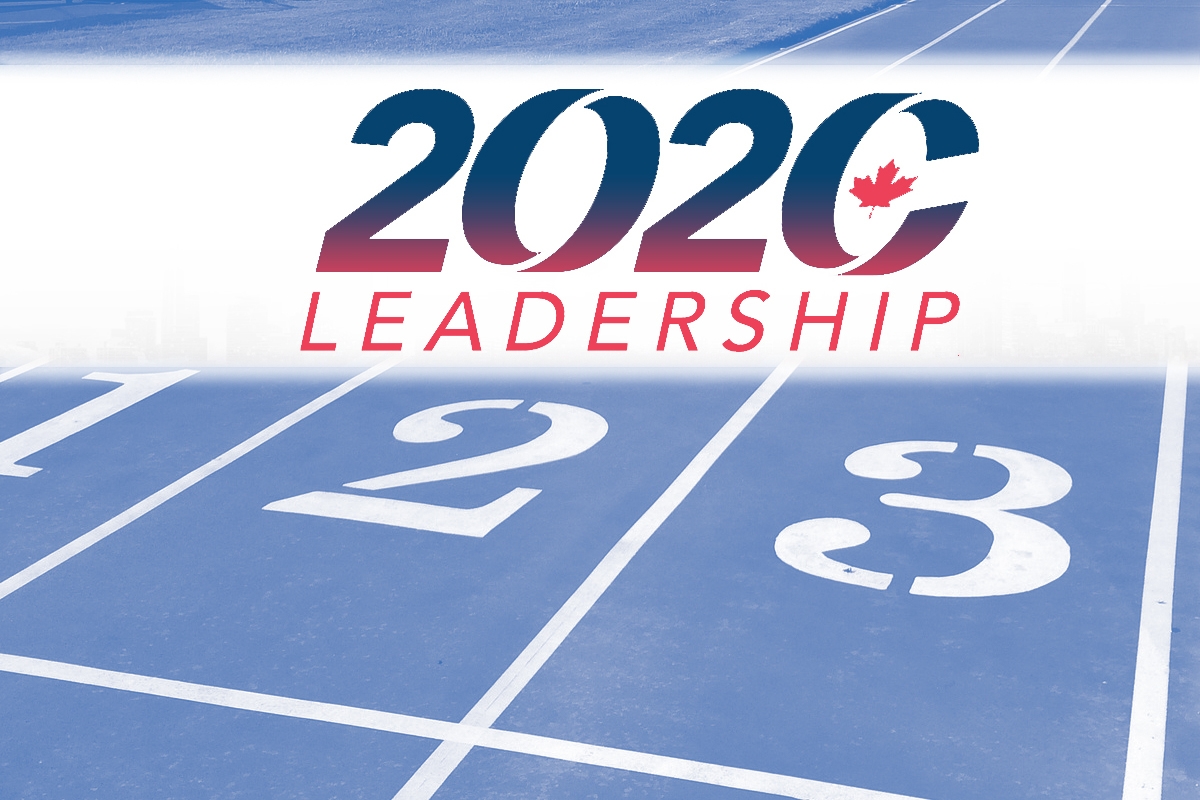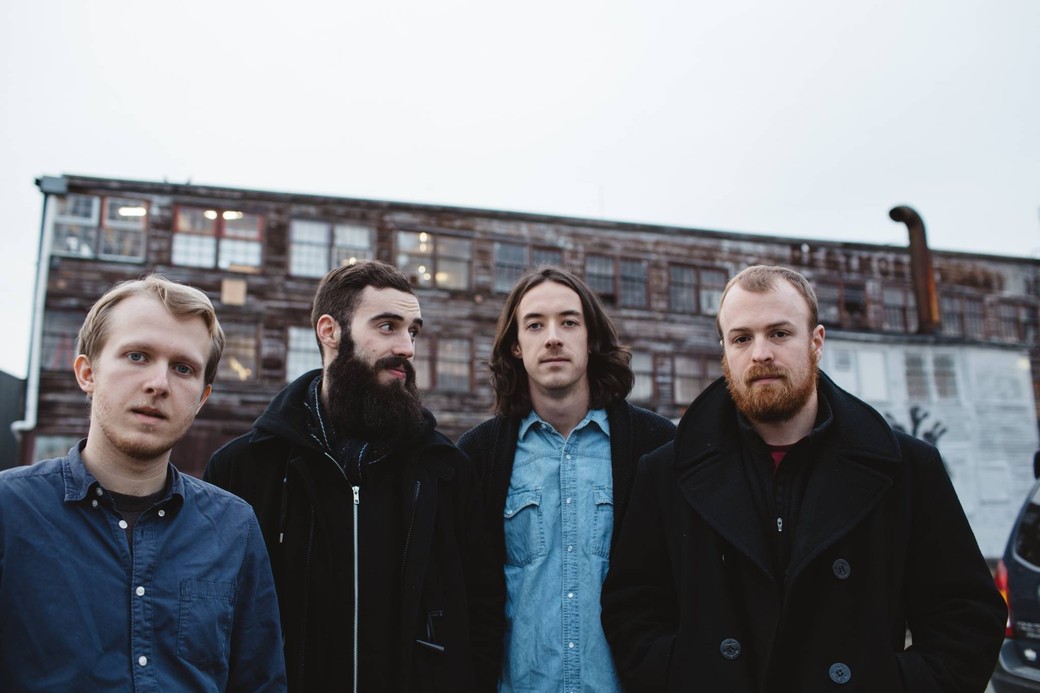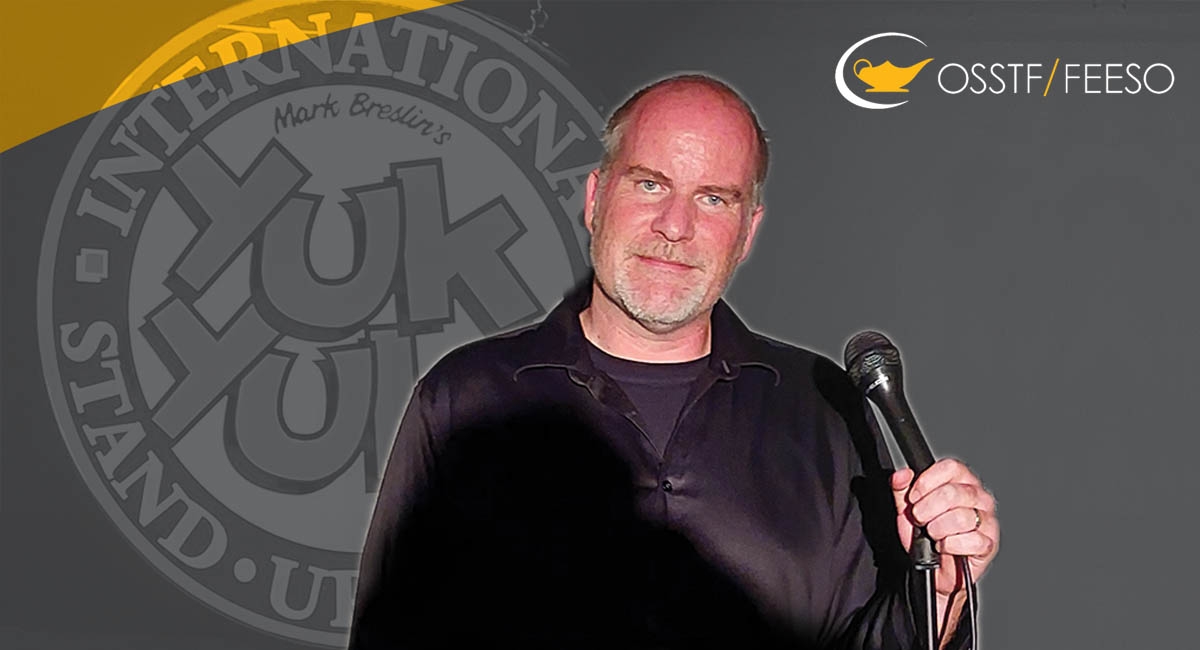
To win, Conservatives first need to see Red
The starting gun has been fired on the Conservative Party leadership race. Questions of ‘who’s in’ and ‘who’s out’ are swirling. The leadership race is also bringing to the fore another important, perhaps more consequential question: what does it mean to be a Tory today?
Maclean’s Paul Wells recently touched on this idea in a Liberal context through a contrast of the different approaches of former Prime Minister Jean Chrétien and the Trudeau Liberals to resolving the Meng/Spavor/Kovrig situation. The key takeaway? Pragmatic realism vs. unflinching idealism.
Today’s Liberals are without question unflinchingly idealistic. You can see it in their slogans (“Hope and Hard Work”), imagery (the rising sun on the cover of their first federal budget) and language (well, all of it really). They are open, hopeful, optimistic, and inclusive. For some, that’s inspiring. For others, it draws scepticism, as their words haven’t always matched their actions.
Many say there’s another side to the Liberals: soft, power-hungry and out of touch. Either way, it’s fair to say when the current Liberals approach issues, they do so with a smile. Sunny ways, after all.
A frown may be the best way to describe today’s Conservatives. “Old, traditional and closed-minded” are the three words that consistently surfaced in a survey by Abacus Data when Canadians were asked to describe the Conservative Party today. Said another way, when Conservatives look to the future they want to turn around.
In today’s world that’s not a good place for a political party to find itself.
So, what’s next?
Conservatives need to decide whether they care more about making a point or winning. Sticking to outdated, traditional, and close-minded views around abortion, gay marriage and climate change are a one-way ticket to irrelevance. It’s fine to hold on to ‘old’ and ‘traditional’ values like respect, hard-work, and bootstrap-ism. Being anti-choice (when abortion is legal), anti-gay marriage (also legal) and coming across as anti-diversity and anti-science are views that do not appeal to most Canadians. At best, it’s seen an outdated and uninformed. At worst, bigoted and ignorant. It also feels incongruent if you’re goal is to lead a G7 country with one of the world’s most diverse populations.
Assuming the party can overcome the anger of a small yet loud contingent of its membership and decides winning matters most, the next step is to embrace ‘Red Toryism’. With the likes of Macdonald, Borden, Bennett and Diefenbaker – not to mention Chrétien and Martin – at their backs, the Conservative Party of Canada should stridently march into the wide-open space vacated by the Liberal Party’s shift to the left.
When the Canadian Alliance and the Progressive Conservative Party merged in the 2003, it made sense to do so. When the Liberals made a hard left in the 2015 election, it made sense to do so. But times change, peoples’ views change, and political parties and movements need to evolve along with them.
Some say the Conservatives still need another election loss to understand truly the depth of their challenges with the Canadian electorate. And there’s good evidence to suggest this may be true. Indeed, we’re still living with the effects of former Prime Minister Harper’s policymaking, from cutting the GST to creating ineffective tax credits to pulling support for Veterans. And that argument might hold if were not for three things the Conservatives have going for them.
First, the 2019 election loss cut deep. Many Conservatives felt they had a shot. That’s debatable. What isn’t debatable is running the same campaign with the same policies and tactics the next time around will lead to a different result. There is solid evidence in favour of a shift in policy. The loss allows for vigorous debate, introspection, reflection, and revitalization on a host of fronts.
Second, what better forum than a leadership campaign to force this debate? Fostering an environment that allows these discussions to take place will be crucial for the organizing committee. That’s why the choice of Lisa Raitt, a smart, forward-thinking former Government Minister, as one of the co-chairs was a good decision.
Third, even though some notable names chose to not throw their hats in the ring – Ambrose, Charest, Bergen – Conservatives have a good Red Tory candidate in Peter Mackay. He’s already said he will march in Pride parades and condemned other potential Conservative leadership candidates for their discriminatory and bizarre LBGTQ2 views. This is laudable, but for many, it is painfully overdue. At the same time, Mackay’s decision to carry on Andrew Scheer’s opposition to the carbon tax is concerning from a winnability standpoint and lends credence to those who feel the Conservative still don’t get it.
After the 2019 election, it appeared all was lost for the Conservatives. A spending-scandal plagued leader. An election won and lost on social rather than pocketbook issues. A strong and stable minority. But in politics, a lot can change in a week, let alone a month. There is now a sliver of hope for the Conservatives – so long as they’re willing to put in the hard work.











